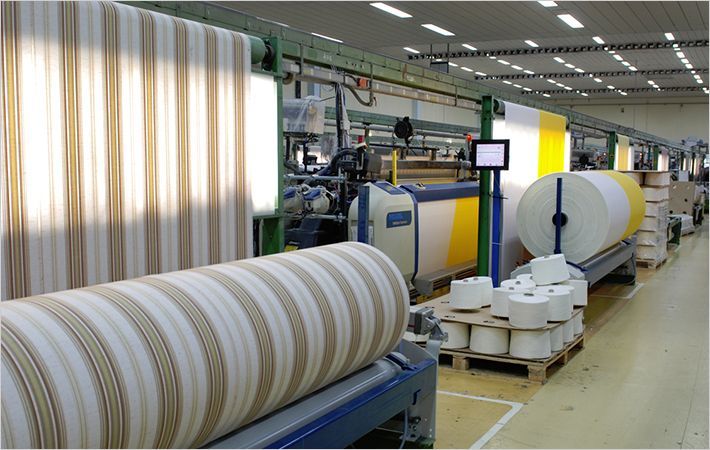SGL Group, a leading global manufacturer of carbon-based products, has announced that the Victoria and Albert Museum (V&A) in London, has unveiled an architectural installation developed by a team from the University of Stuttgart's Institute for Computational Design (ICD) and Institute of Building Structures and Structural Design (ITKE), using SGL's SIGRAFIL 50k carbon fibres.
Elytra Filament Pavilion, the installation, is based on a robotically fabricated fibre composite structure and is displayed in the Museum's John Madejski Garden. With robot assistance, the Pavilion will “grow” during the course of the V&A Engineering Season, which will run until 6 November, 2016.SGL Group, a leading global manufacturer of carbon-based products, has announced that the Victoria and Albert Museum (V&A) in London, has unveiled an architectural installation developed by a team from the University of Stuttgart's Institute for Computational Design (ICD) and Institute of Building Structures and Structural Design (ITKE)#
Andreas Wüllner, head of SGL Group's composites – fibres and materials business unit said, “The installation impressively demonstrates the wide-ranging potential for innovative application of composite materials. It also shows the high degree of automation that is now possible in the industrial production of components from composites.”
The SIGRAFIL 50k fibres used in the installation represent a new generation of industrial carbon fibres, especially suitable for automated production processes. Composites offer outstanding properties such as light weight, high durability, and corrosion resistance. These characteristics make them excellent materials for many new applications across a wide variety of industries from the automotive, aerospace, and wind energy sectors to other areas such as pressure vessel manufacture and construction.
The Elytra Filament Pavilion is the result of years of research into the integration of architecture, construction engineering, and bionic structures. The project shows how the principles of biological fibre structures can be applied to architecture through computational design and fabrication methods. Inspired by the forewing shells (Elytra) of flying beetles, the innovative structure of the Pavilion consists entirely of robotically fabricated glass and carbon fibre elements. (GK)
Fibre2fashion News Desk - India

